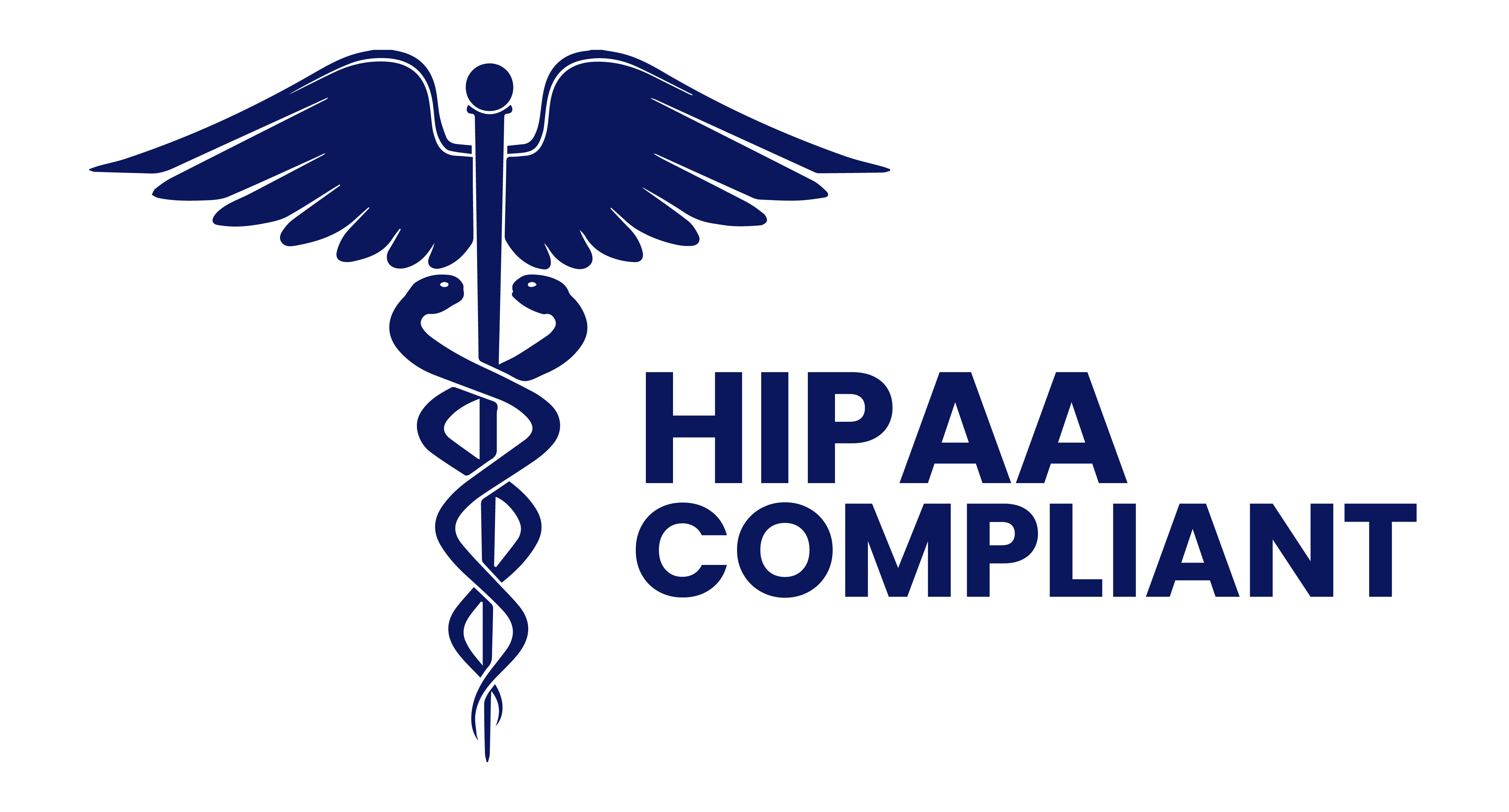Building trust and safety within your business is vital for online platforms to maintain integrity and security. They provide a safe space for users and employees, creating a secure digital community. This incorporates a spectrum of functions including operations, design, engineering, user experience, customer relations, fraud protection, content moderation, and more.
In this blog post, we’ll review all the basics of trust and safety.
Understanding Trust and Safety
Trust and safety encompasses activities designed to secure digital platforms and protect users from harmful content, such as implementing policies that safeguard personal data and manage user interactions on digital platforms.
As stated by Emerald Insight, high education institutions particularly emphasize creating a safe and inclusive environment for all stakeholders. This is necessary to ensure quality work, while establishing an organization centered around shared interests, open communication, honesty, positivity, good intentions, and strong relationships.
Here are some services that can keep you safe and protect your trust:
1. Content Moderation
Content moderation is the process of reviewing flagged content and determining whether it upholds or violates community guidelines, content policy, and/or regulations.
This can either be done manually or automated through technologies such as AI. But there is also a third alternative: combining both to make the most out of each method.
H5: Read more: Frequent Questions About Outsourcing: Content Moderation
2. Fraud Detection and Prevention:
These services act as digital watchdogs, employing cutting-edge technologies like machine learning and data analytics to detect and prevent various forms of fraud.
They keep a sharp eye out for suspicious patterns and activities, safeguarding businesses from financial losses and preserving trust.
3. Compliance Monitoring:
Regulatory vigilance services monitor business operations to ensure compliance with industry regulations, legal standards, and internal policies.
Keeping a close watch on transactions and communications helps mitigate risks and uphold integrity.
4. User Verification:
These services verify the authenticity of individuals accessing online platforms or conducting transactions.
Methods such as biometric authentication and document verification fortify defenses against unauthorized access and identity theft.
5. Brand Protection:
Vigilant monitoring and proactive measures detect counterfeit products, combat trademark infringements, and shield businesses from reputational harm.
Building Safety Measures in the Digital Space
Effective safety measures require a combination of strategic planning and a tailored approach to the specific risks and regulatory requirements businesses face.
Companies must establish robust policies that address data protection and user privacy, as well as prevent fraudulent activities. This includes employing advanced security technologies like encryption, two-factor authentication, and sophisticated fraud detection systems.
Implementing Trust and Safety
Trust and safety policies in institutions involve a detailed, strategic approach that integrates safety considerations throughout the organizational structure. This includes regular updates to policies based on evolving technological landscapes and emerging threats, as well as compliance with educational guidelines and legal requirements.
Tools and Technology
Corporations are increasingly adopting AI-driven solutions to monitor and analyze user behavior, helping them identify and mitigate potential threats in real-time.
To ensure that all stakeholders understand their roles in maintaining a safe environment. Such proactive strategies are vital in cultivating a culture of trust and safety that supports business integrity and customer confidence.
1. NPL – Natural Language Processing
Takes spoken and written words and translates them into data that can then be analyzed into parts of speech, advanced language models, and more.
2. OCR – Optical Character Recognition
Runs on images and recognizes written text, whether in a post, video, or image, and then converts the written text into data. OCR model can be used to look for sexual content in phrases or search for sexual keywords.
3. Digital Hash Technology
Used for video and image-based content, digital hashing determines whether an image has been encountered before or has similarities with other images/content.

H2: Building Trust and Safety Culture with Horatio
Cultivating trust and safety culture involves continuous engagement and education of all members within an organization. This includes training programs, regular communication about policies, and clear guidelines on reporting and handling safety issues. Educational institutions often lead by example, promoting a culture where safety and well-being are prioritized.
Trust and safety are foundational to the success and reliability of any institution. That is why at Horatio, we prioritize ongoing attention, adaptation, and proactive engagement to stay ahead with the latest technological and operational advancements.
Contact us to enhance your reputation and operational effectiveness.






